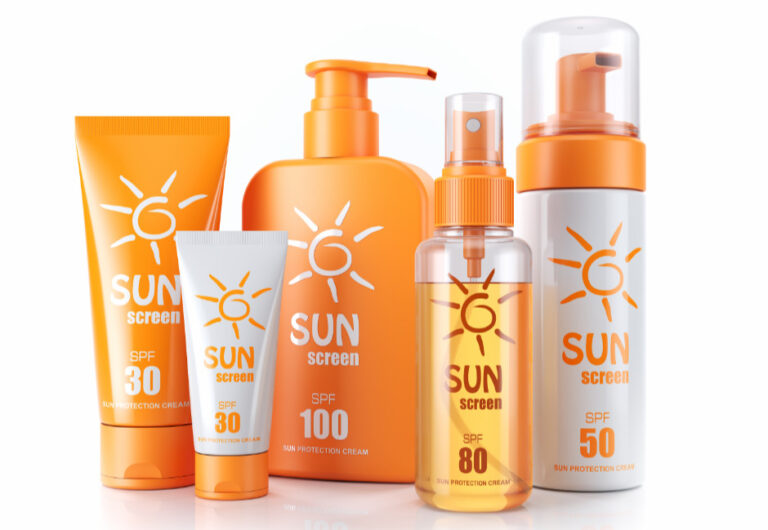The SPF is derived from the initials of the words Sun Protection Factor. It is a reliable measure of the protection of human skin from UVB rays.
The SPF index is the comparative ratio between two “time” numbers:
- The time it takes for UVB radiation to cause erythema (MED) on clean (without sunscreen) skin. Erythema is redness, or sunburn of the skin.
- The time it takes UVB radiation to cause erythema on skin protected by the already applied sunscreen.
For example, if it takes 20 minutes on unprotected skin to cause erythema, then a sunscreen with an SPF of 15 could prevent redness 15 times longer, i.e. about 5 hours.
This time, however, is theoretical, as sun damage can occur even without redness, as well as depending on each person’s skin type. That is why dermatologists recommend that we should renew the sunscreen on the skin every two hours or so.
The American Skin Cancer Foundation believes that a sunscreen with an SPF of 15 or higher against UVB radiation is sufficient for daily activity, and a sunscreen with an SPF of 30 or higher is sufficient for prolonged sun exposure.
All sunscreens now also provide some protection against the UVA wavelengths of sunlight, although the SPF on commercially available sunscreens is only for protection against UVB rays.



